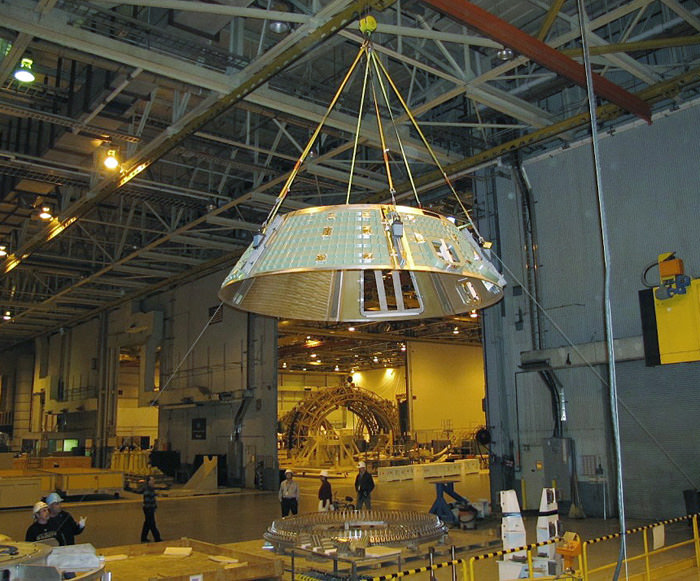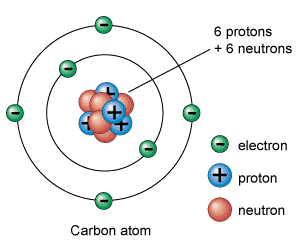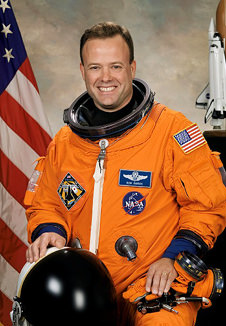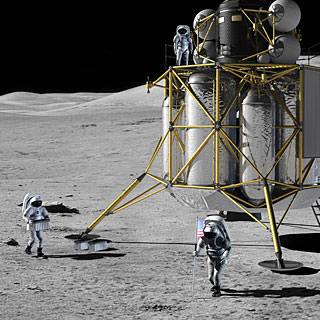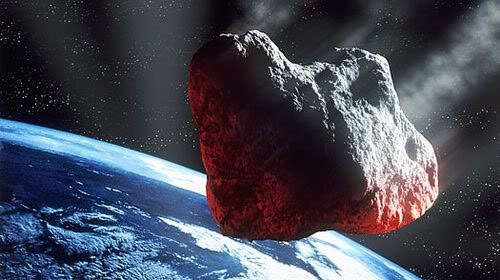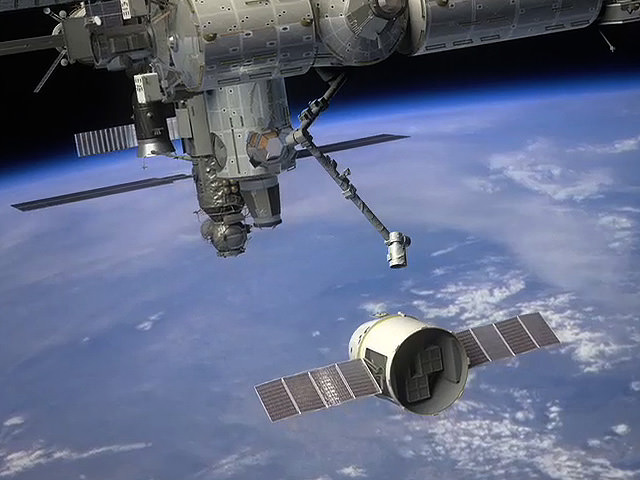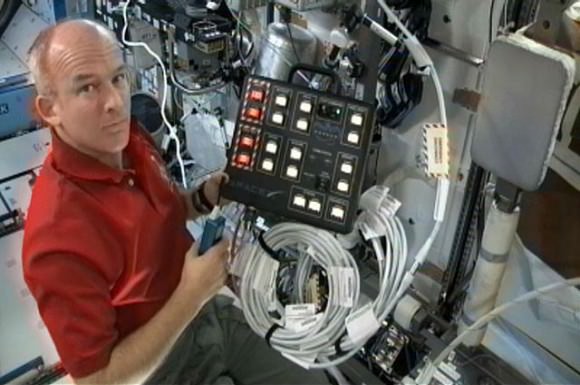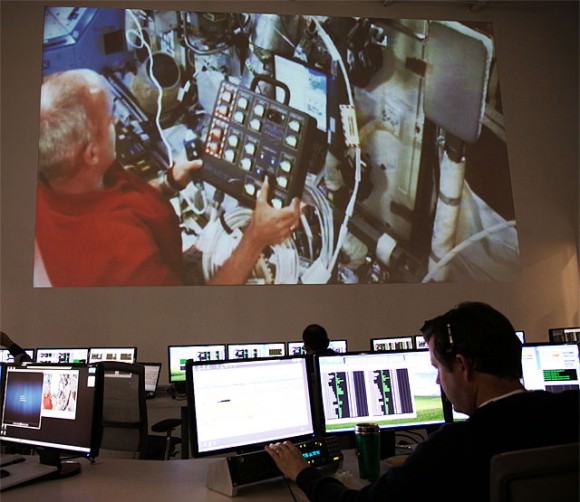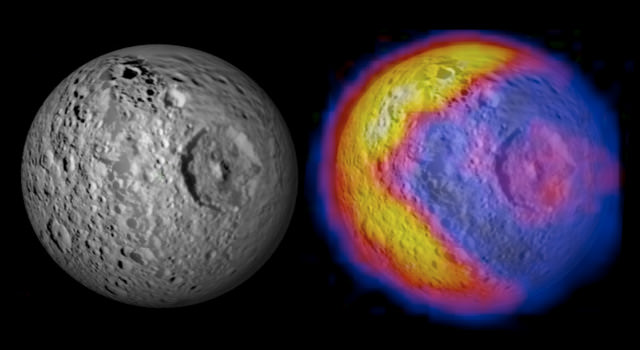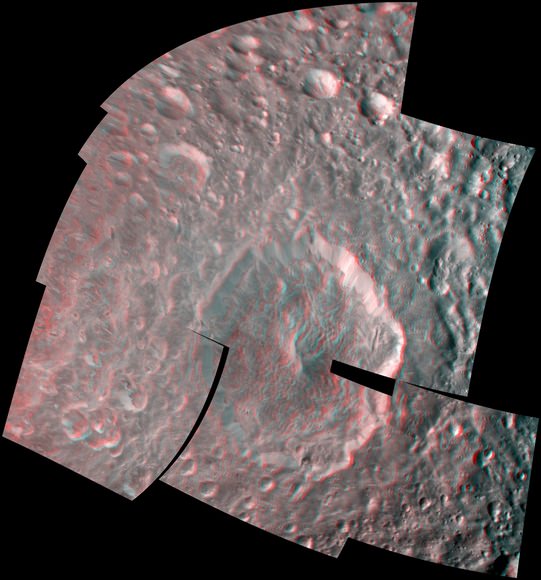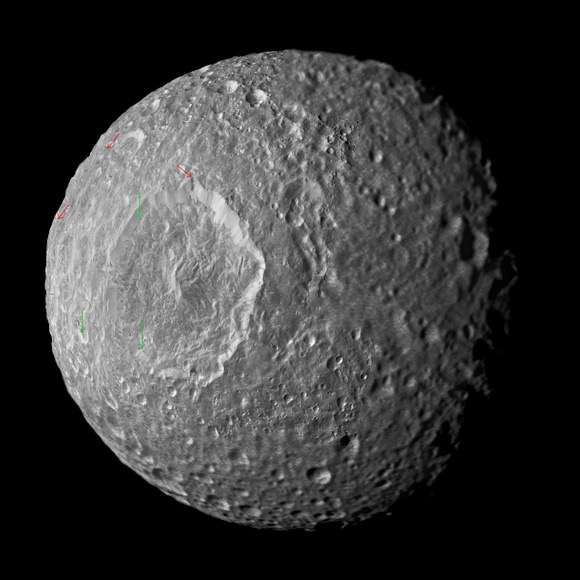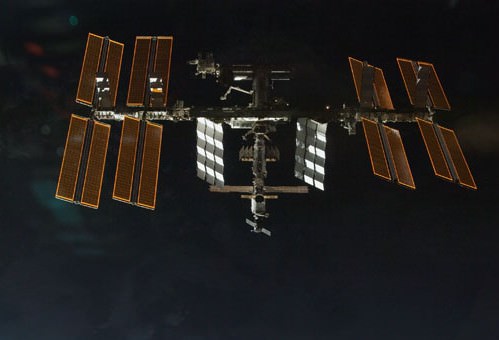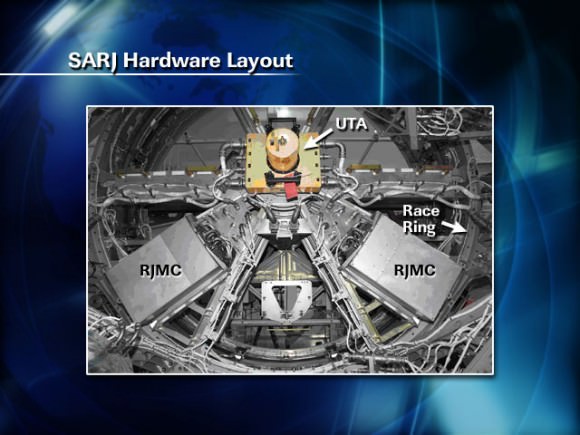[/caption]
Just three crucial welds remain to complete the structural assembly of the very first pathfinder Orion manned capsule – the Crew Module – known as the Ground Test Article (GTA) at NASA’s Michoud Assembly Facility in New Orleans.
The GTA is the first full-sized, flight-like test article for Orion. The Orion test capsule is being built by Lockheed Martin at Michoud as you read these words, even as President Obama seeks to completely terminate Project Constellation and Orion in his new NASA Budget proposal for 2011.
Yes, America’s Orion Crew Module program really is that close to achieving this key assembly milestone on the road to a US human spaceflight replacement and successor to the soon to be retired Space Shuttle. That fact is quite evident in the new NASA photos I obtained especially for this story. The GTA functions as a production pathfinder to validate production processes and tools for the actual human rated flight vehicle to follow.
Lockheed expects to complete the close out advanced technology welds for the GTA by May 2010 according to senior Lockheed officials I contacted. Structural proof testing of the Orion GTA vehicle will commence shortly thereafter.
Beyond that, John Karas, the Lockheed VP for Human Spaceflight told me in an interview that “Orion can be ready for crewed flights to low Earth orbit as early as 2013”.
Meanwhile, in the face of a rising chorus of harsh bipartisan Congressional criticism of the cancellation of Project Constellation and America’s Orion Crew Vehicle, NASA Administrator Charles Bolden continues to insist at multiple venues that, “There is no Plan B for Space Exploration. I strongly support the priorities and the direction for NASA that the President has put forward. I did not ask anybody for an alternative to the President’s plan and budget”.
The headline photo and others below illustrate the advanced status of the three major segments. The upper and lower module segments are to be robotically welded together by May 2010 using friction stir welding to create the structural framework of the first Orion pathfinder.
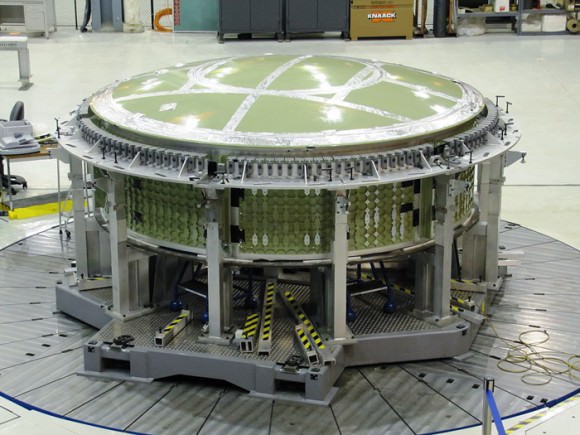
At the moment, Lockheed is pressing forward with the Orion capsule utilizing the Congressionally approved NASA funding still available in the current fiscal budget as well as hundreds of millions more dollars committed by Lockheed and its partners, Karas said to me. “Over 4000 people are working on the Orion Project. Those jobs are at risk.”
Soon, the Orion and Constellation contractors will face tough decisions on whether to continue with testing and development of new science and technology breakthroughs … or begin massive personnel layoffs and abandon the wide ranging work in progress in order to preserve the remaining funds for shutdown activities.
“All work on Orion is proceeding according to the current contract schedule,” said Lockheed spokesman Kevin Barre.
The three major components of the Orion Crew Module GTA to be mated together are comprised of the Forward Cone Assembly, the Aft Assembly and the Crew Module Forward Bay Assembly and Tunnel. “These structural elements comprising the Orion GTA have undergone the meticulous application of strain gauges in preparation for loads and development testing”, says Barre. Hundreds of gauges have been placed in various positions to measure the overall vehicle strain during GTA testing.
“Inside the GTA is a backbone which resembles a stringer on a boat. That backbone will be installed in April before initial testing of the GTA begins at Michoud in May,” Barre amplified.
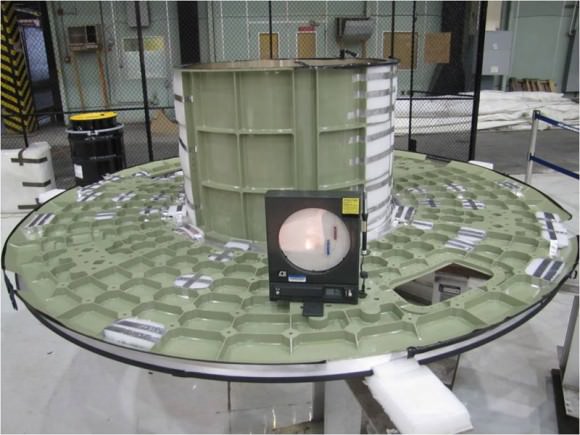
After the testing for structural integrity, the crew module will be outfitted with the thermal protection systems and internal components necessary for subsequent static vibration, acoustics and water landing loads testing in flight-like environments. Environmental support components – similar in mass and volume to the flight articles – will also be installed. These internal components are being built both at Michoud and at other contractor work sites around the country. The testing results will be used to correlate sizing models for all subsystems on the vehicle and finalize the design.
Lockheed achieved another key technology milestone when the fabrication of the Orion composite heat shield was completed in February 2010. The 5 meter (16.4 ft) diameter Orion heat shield is the world’s largest heat shield structure ever built, and larger in size than the Mars Science Lab (MSL) and Apollo heat shields. It will be attached to the GTA in June 2010 upon completion of acceptance testing.
The cutting edge heat shield is critical to the protection of the spacecraft and crew from the extreme temperatures experienced during re-entry. See photo below of the heat shield – which seems to hover like a flying saucer – after its removal from the mold where it was fabricated in Denver.
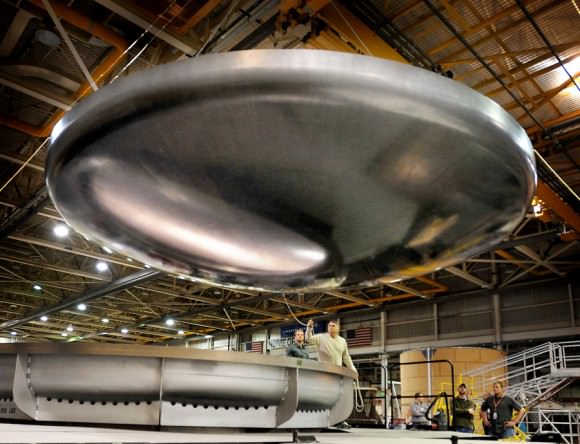
Final testing of the Orion Ground Test Article at Michoud is set to begin in the September 2010 timeframe.
Work has not yet begun on the service module which supports the GTA with life support supplies.
Orion is a frustum shaped vehicle, dubbed “Apollo on Steroids” by the previous NASA Administrator Mike Griffin due to its obvious similarity to the Apollo Command Module. At a diameter of 5 meters and measuring 3.3 meters tall, Orion would have 2.5 times the interior volume of Apollo.
Of course the continuation of all this high technology work and the fate of thousands of US jobs associated with it, is threatened by President Obama’s decision to cancel Orion at this advanced stage of development after $9 Billion has already been spent by NASA and the taxpayers on Project Constellation since 2004. At least another $2.5 Billion will be required just to shut down the program. It’s quite possible that even more money will be required as contractors assess their full shutdown costs.
The Constellation program comprises the Orion Crew Vehicle and the Ares 1 and Ares 5 booster rockets designed to return humans to the Moon, Mars and Beyond for the first time since the Apollo program ended in 1972.
Obama’s budget calls instead for starting over with the development of a new human spaceflight capsule by relying on commercial providers to develop ‘space taxis’ to ferry US astronauts into low Earth orbit and the International Space Station. After the Space Shuttle is retired following its final flight later this year, the US will have no domestic manned vehicles to propel people into space and will instead have to purchase astronauts seats on board the Russian Soyuz capsule for some $50 million apiece until a commercial US ‘space taxi’ is ready for launch.
Related stories by Ken Kremer
Orion can Launch Safely in 2013 says Lockheed
SpaceX Activates Station Communications System for Future Dragon Dockings
Successful Engine Test Firing for SpaceX Inaugural Falcon 9
Obama Made Mistake Cancelling NASAs Constellation; Sen. Bill Nelson
ISS Change of Command as Russian American Crew readies Earth return
NASA manager says Shuttle Extension Possible; Key Issue Is Money not Safety

